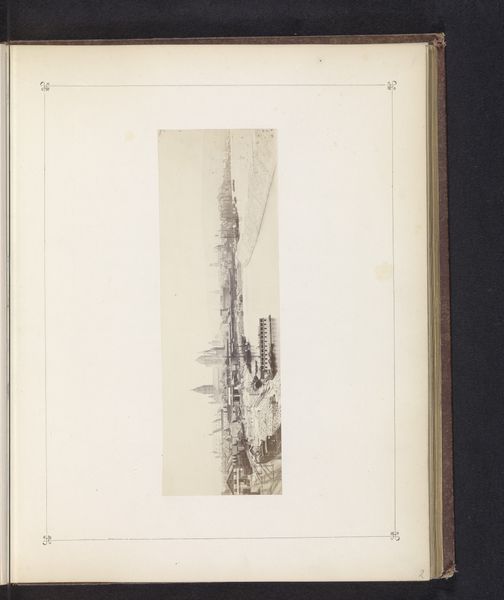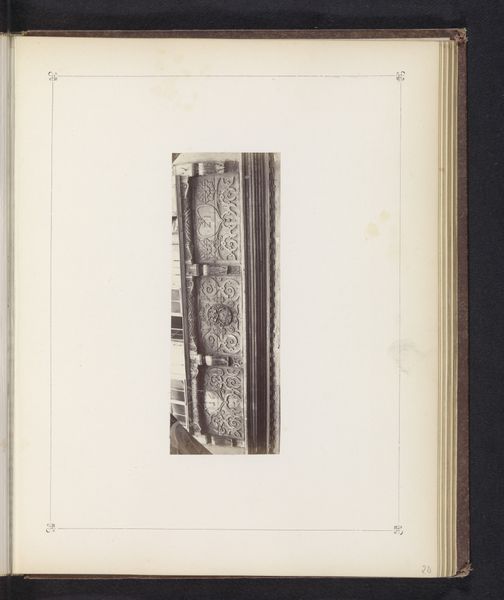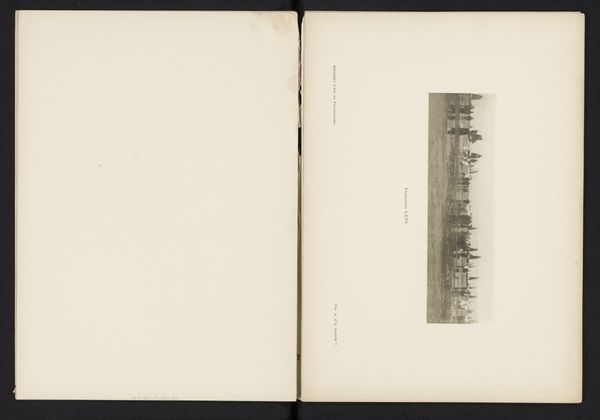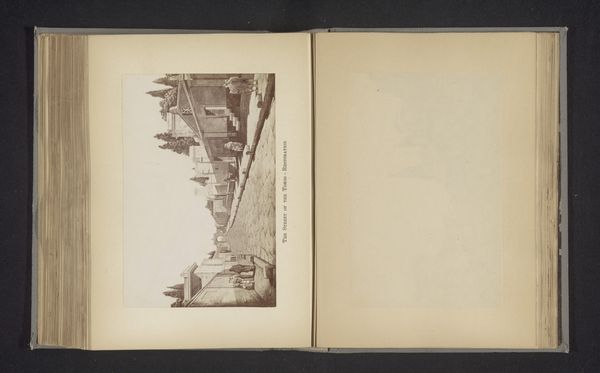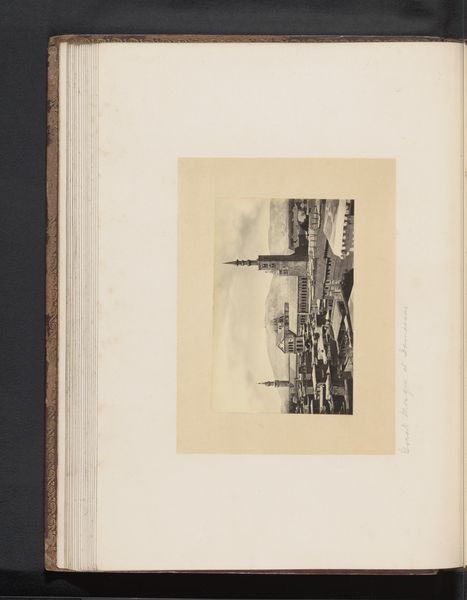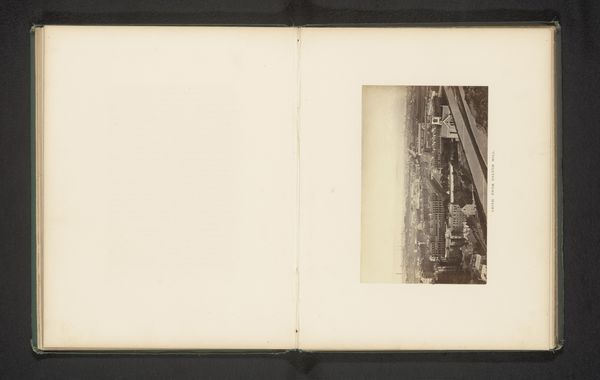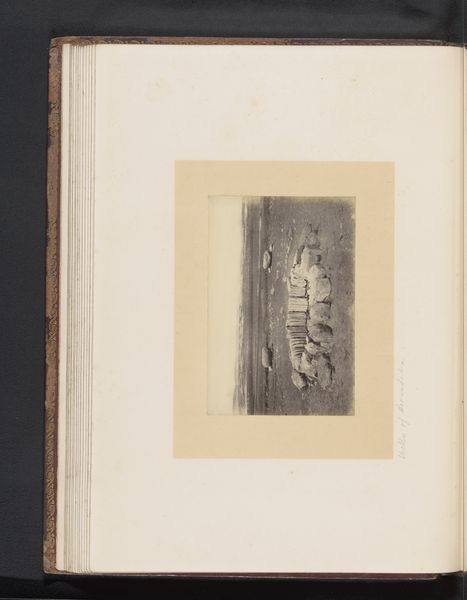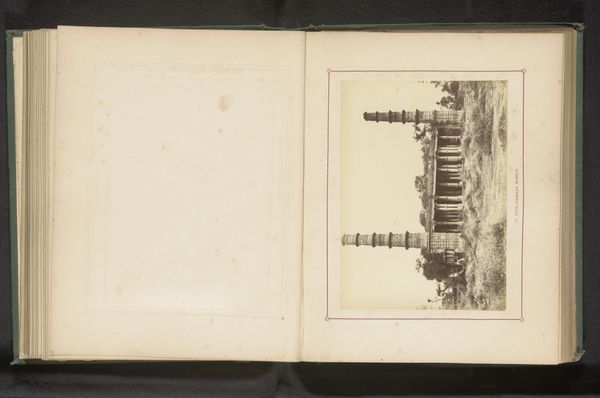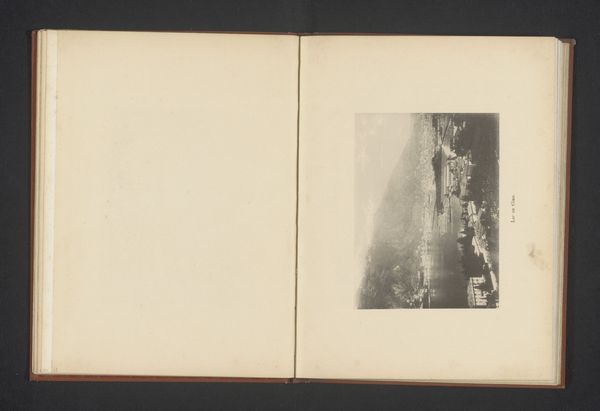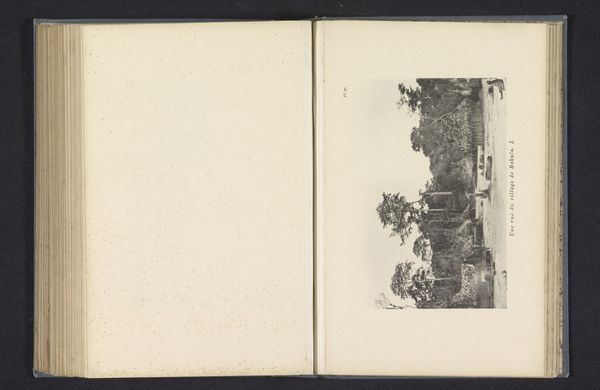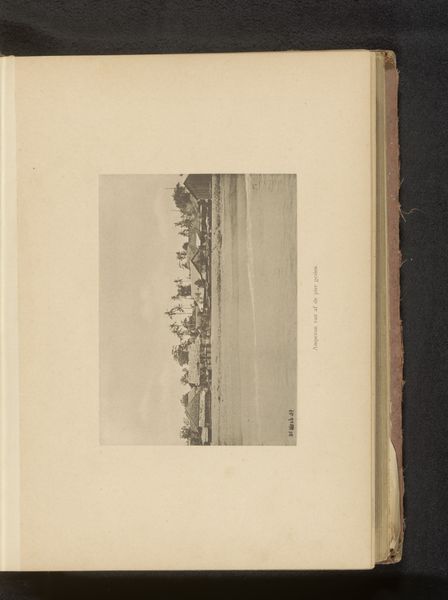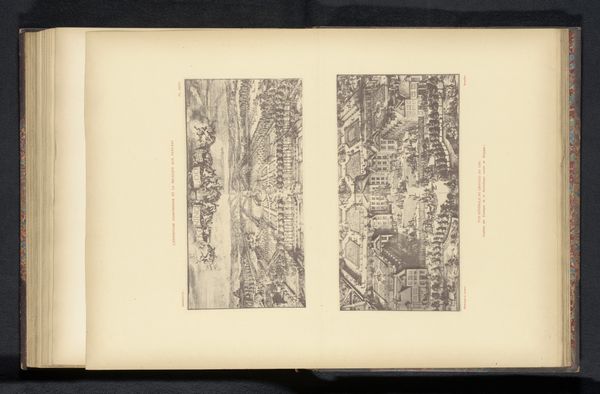
drawing, graphic-art, print, paper, ink, pencil
#
drawing
#
graphic-art
# print
#
landscape
#
paper
#
ink
#
pencil
#
cityscape
Dimensions: height 80 mm, width 237 mm
Copyright: Rijks Museum: Open Domain
Editor: This is a photographic reproduction of a print, titled "View of Mainz," created sometime before 1872 by B. Erdmann. The drawing uses ink, pencil, and paper. It’s incredibly detailed; you can see so many buildings. What stands out to you? Curator: What I see is a very deliberate act of documenting urban space, one that inherently reflects power dynamics. Before photography, these visual representations were carefully crafted, weren't they? Who was this image for, and what narratives did it reinforce about Mainz and its inhabitants? Were these idyllic representations of the urban space accessible to everyone? Or just the priviledged few? Editor: That’s a really interesting point about access. I hadn’t thought about who got to *see* these kinds of images back then. What clues are there, do you think? Curator: The style and detail suggest a certain level of investment. Was it commissioned? Who would have had the resources to do so? Consider the function, too – was it meant to promote the city, record its progress, or perhaps serve a more strategic purpose? Who benefitted from portraying the city in a certain light? The very act of creating and circulating images like this impacts collective memory, constructing the city’s identity through a carefully curated gaze. What does the exclusion from these depictions entail? Editor: So, looking beyond the literal depiction of Mainz, we should be thinking about how the image participated in constructing Mainz's identity at that time, and whose voices may have been absent in that construction. It’s making me reconsider what counts as documentation. Curator: Exactly. Even the act of choosing which elements to include, which perspectives to favor, and which stories to tell, reveals implicit biases and cultural narratives. It makes us question: How does it serve its political purposes and societal expectations? Editor: This conversation is really highlighting the role art plays in reflecting and shaping society. It encourages critical engagement with the historical contexts in which art is made. Thanks. Curator: It’s in questioning what we take for granted that we start to see art’s true power. It helps challenge the prevailing narrative of history itself.
Comments
No comments
Be the first to comment and join the conversation on the ultimate creative platform.
